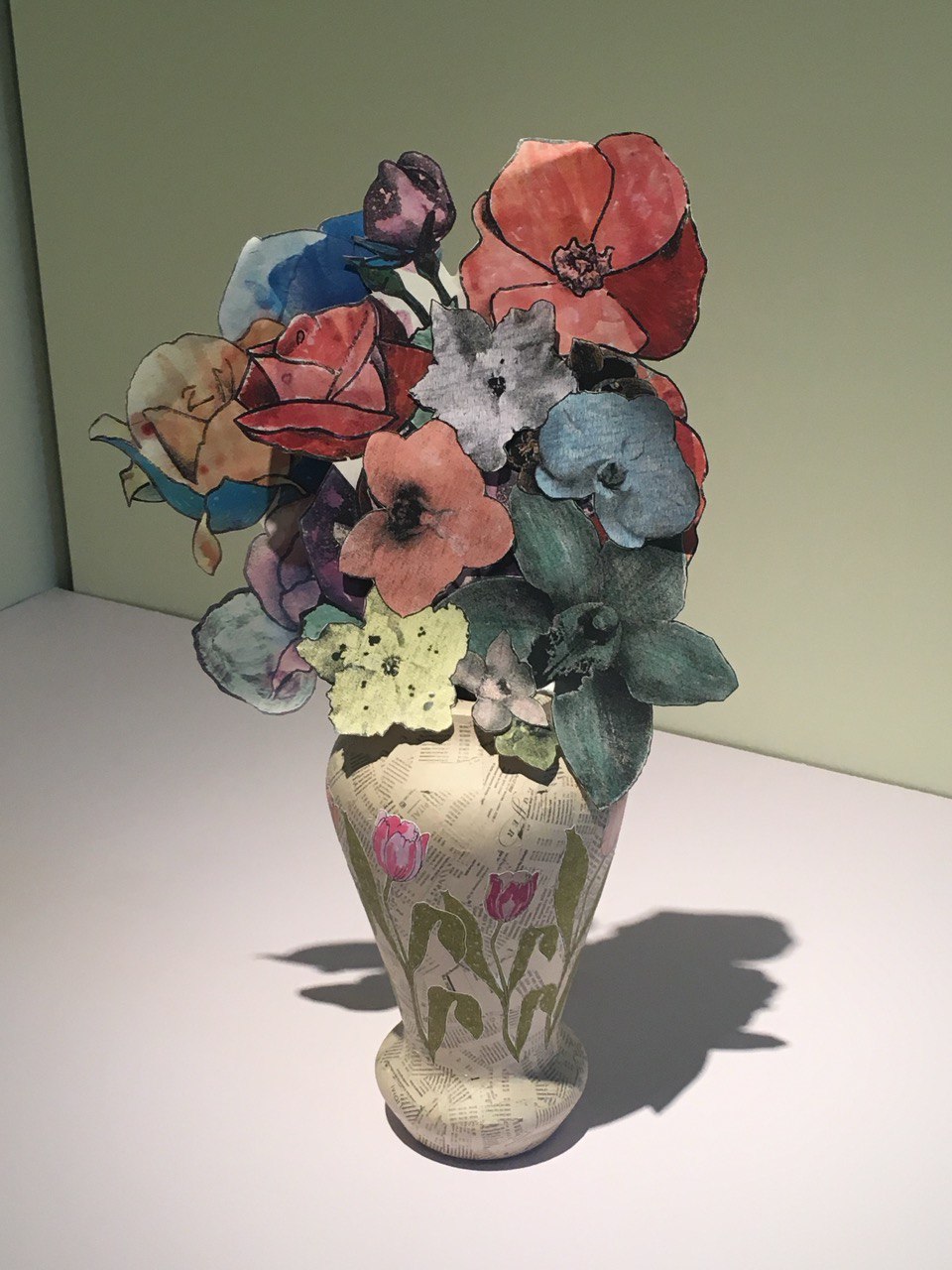Marc Camille Chaimowicz (1947-2024)

Decorative arts are structured by the compulsion of repetition. There is something superstitious in this material echolalia. Animism, yes, but also a ward to process change. The stars spin above us, do so again, and we elaborate. Pattern matching is the oldest game in the world. Marc Camille Chaimowicz (1947-2024) understood decoration’s preternatural faculties, that underneath this echoing of life is the honey of the everyday.
Chaimowicz made little distinction between art, design, and craft. His work spanned installation, furniture, wallpaper, textiles, and that of collaborators and strangers. The colors he used were muted — soft pinks, browns, yellows, and greens. Pastelle, yes, but motley. His approach was not one of purity. Collage, in its broadest sense, composed his art. His work was domestic, life-size maquettes.
If I were to approach him via “biography,” Chaimowicz, born in post-war Paris to a Jewish father and Catholic mother and raised in London, is chic (a French word I can’t help but associate with the British). There’s a sense of propriety, without the crust. A formalist with a romantic streak, he combined the sprawling and delicate social concerns of Eliot in Middlemarch (so many people, so many intersecting lives) with the deep pleasure of Flaubert/Madame Bovary (so much love, so much obsession). He knew that some things just can’t be said.
It's sad to write an obituary, but the form is a consolation. I have seen Chaimowicz’s work two or three times. At the Jewish Museum in 2018 (“Your Place or Mine,” his first solo show in the United States), again at Palais de Tokyo, and likely in the past. He didn’t demand anyone’s attention.